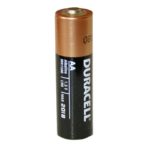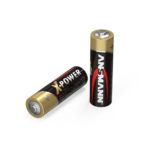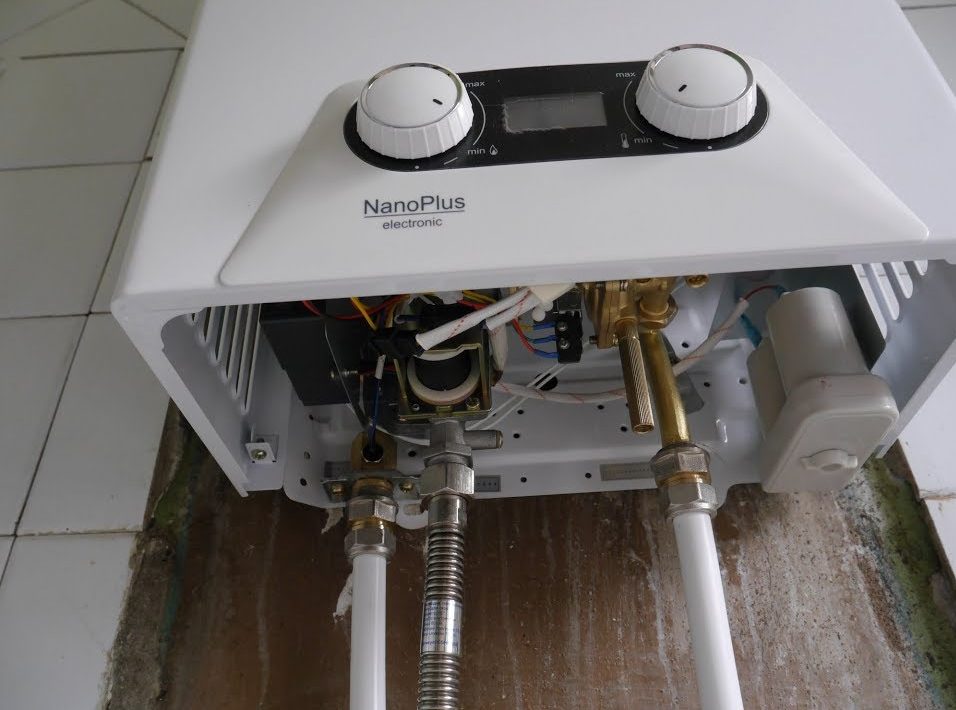Which batteries are better by type and brand?
What aspects does a buyer pay attention to when choosing conventional batteries? As the survey showed, most people name the size of the battery and the desired manufacturer. Almost no one ever says what it is intended for (remote control, toy, scales). If you understand all these nuances once and for all, you can save time and extend the life of the battery, as well as the device itself for which it is intended.
The content of the article
What kind of batteries are there?
In the broadest sense, batteries are divided into disposable and reusable (rechargeable). For the second option, you need to purchase a charger. In most cases, they can withstand up to 2 thousand recharges. This will save a significant amount.
If we talk about the composition of the batteries, then there is also a strict division. Many parameters will depend on the elements used in their production. Of course, the main thing is the service life of the product. For example, alkaline ones work 2 times longer than saline ones. Also, among all this variety of types of batteries, there are other options: lithium, mercury and silver.
Important! When purchasing a battery, consider the composition.For example, lithium (they are less common than alkaline or salt) are capable of producing a voltage of 3.2 V. Unfortunately, it can be destructive for those devices that only need a voltage of 1.5 V.
The most popular batteries are salt and alkaline. The first option was invented more than 100 years ago. The salt battery is equipped with electrodes made of manganese and zinc oxide. Each of them is placed inside an electrolyte. They are connected to each other by a special salt bridge.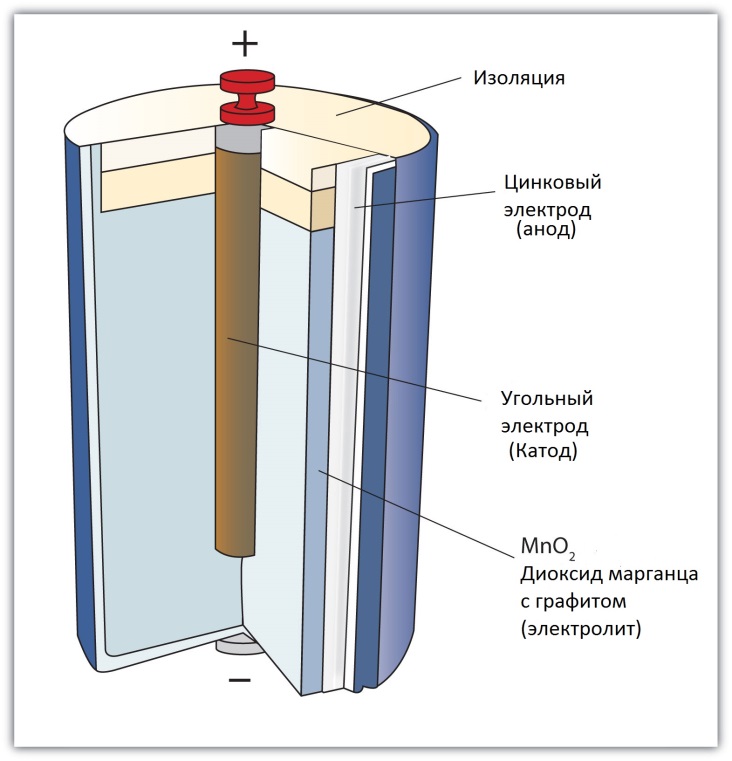
It is worth noting that a couple of decades ago, due to their imperfect design, salt batteries could “leak” after just a few months of use. Today the situation has changed, and the shelf life is approximately 24 months. Plus, the capacity has increased (here we are talking exclusively about famous brands, and not Chinese budget options).
Alkaline batteries were invented only in the middle of the last century. Due to their numerous advantages, they are the most popular today. For such a product, electrodes made of the same materials are used. However, potassium hydroxide plays the role of electrolyte.
It is also worth mentioning mercury and silver batteries. However, it can be immediately noted that they are practically not found in retail sales. You could even say that these are experimental products. They are distinguished by their high cost and complexity of design. Moreover, they are much more difficult to dispose of.
Lithium batteries have become increasingly popular. They contain a lithium cathode. Various materials can act as an anode. Between them there is a separator and a diaphragm, which are impregnated with a special electrolyte.Thanks to this, the service life of such a cell is much longer than that of standard salt or alkaline batteries, and the shelf life can reach 12 years.
The next important characteristic of any battery is its size. This is a key aspect when choosing any battery, since the correct size must be selected for different devices.
"Little Finger"
Standard size AAA. This is a small cylinder, the length of which is about 4.5 centimeters and the diameter is 1 cm. The mass of such a product does not exceed 14 grams. Most often, “pinky” batteries are used in remote controls, small flashlights (most often headlights), children's toys, and sometimes in kitchen scales.
"Finger"
Size AA. Perhaps this type of battery is the most common and popular, and there is a simple explanation for this - almost all equipment is designed specifically for them. The voltage in them is 1.5 V.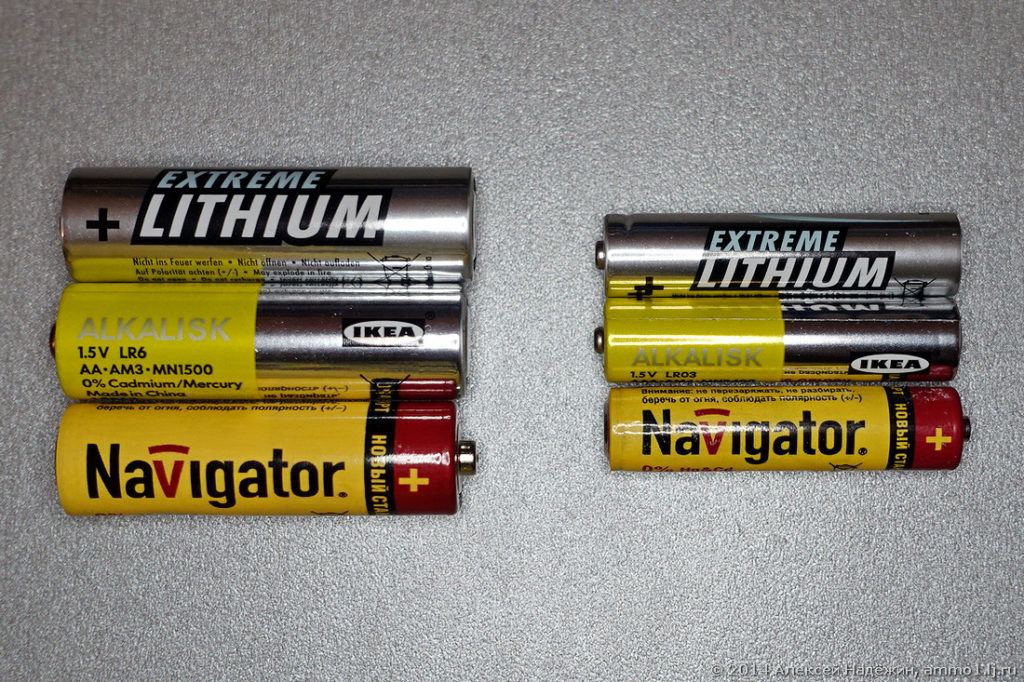
"Crown"
A less popular battery, but it has a huge advantage. It is capable of producing a voltage of 9 volts. Thanks to this, it can be used in various electrical measuring instruments.
"Barrel"
It got its name due to its appearance. It is distinguished by its large size and voltage. From 4 to 6 such batteries can even provide energy to music players and radios.
Pros and cons of different types of batteries - which ones are better
Let's look at the characteristics of different batteries.
Salt
The main advantages of such devices include low cost and wide range of applications. However, they have several significant disadvantages. Firstly, short service life. Secondly, at sub-zero temperatures, a strong deterioration in performance and a sharp drop in charge level are noticed.With all this, the service life of such a product cannot exactly be called long. The main characteristics and nuances of using salt batteries include:
- voltage 1.5 V;
- if you periodically let such a battery rest, you can extend its service life;
- when heated, you can increase the efficiency of its performance, but there is one drawback - it can quickly fail;
- The shelf life is 24 months - the Chinese versions have even less.
Alkaline
Today, consumers prefer these batteries, and there are many reasons for this:
- shelf life can reach 5–10 years;
- work even in severe frost;
- electrical capacity can be 3–5 times higher;
- low level of self-discharge.
Based on this, we can conclude that it is alkaline batteries that meet the requirements of the modern market.
Among the disadvantages, it is worth noting greater weight, as well as higher cost than salt analogues.
Lithium
This type of battery has more advantages than disadvantages. The advantages include:
- long service life;
- high capacity - even alkaline batteries cannot boast such high performance;
- shelf life up to 12 years - in some cases (according to the manufacturer) up to 20 years;
- works even in severe frost.
They have only one drawback - the high price, which can scare off many potential customers.
Which batteries to choose: rating
To make it easier for you to make a choice, we have compiled a small rating of the best batteries. We would like to immediately note that it is not of an advertising nature. The rating is compiled solely on the basis of customer reviews, self-discharge level, service life, and performance at sub-zero temperatures.
Alkaline. Duracell Turbo Max
According to the manufacturer, they can work up to 10 times more. This, of course, has not been proven. On average they last 10-15% longer than standard Duracell. However, among alkaline batteries, they have the longest service life and the lowest self-discharge level. What makes them stand out from other batteries is that they have a charge indicator on the case. Thanks to it, you can track when it is necessary to change the product, etc.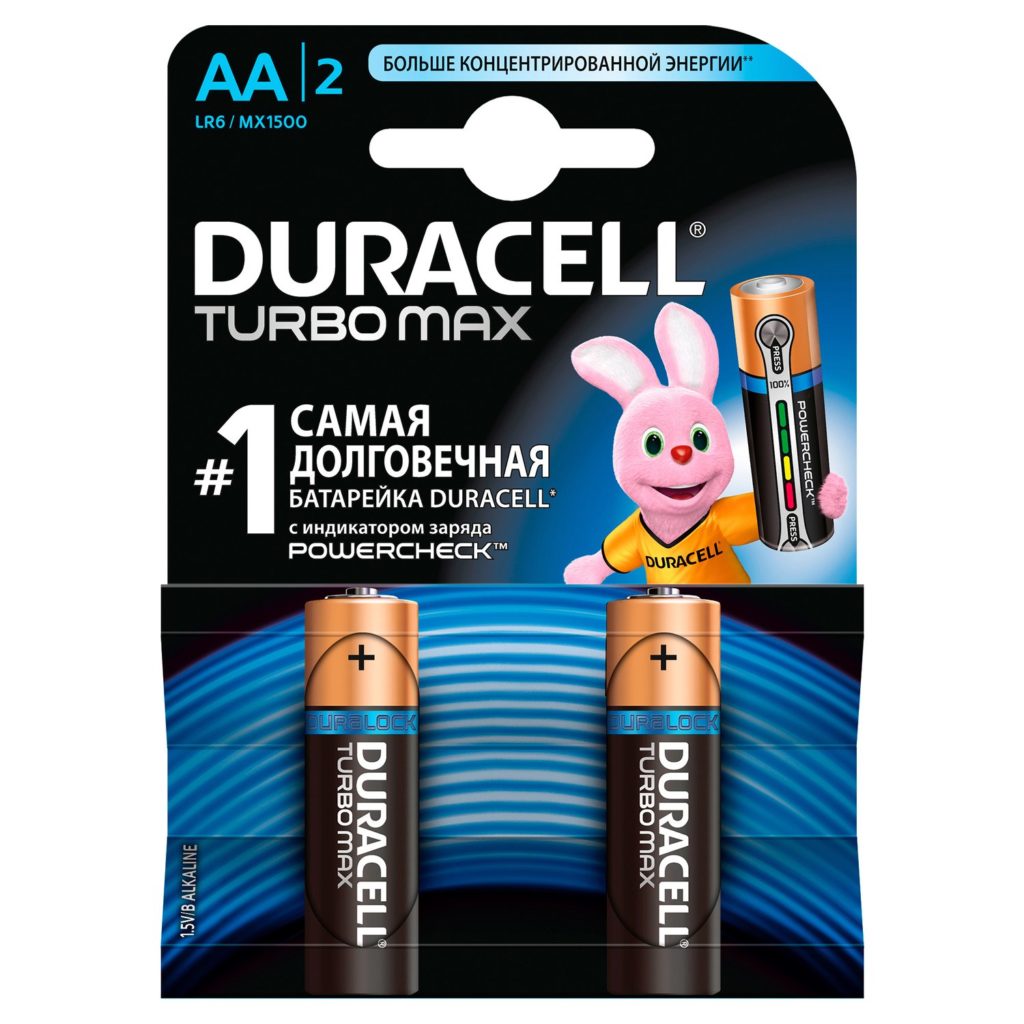
Among the disadvantages, it is worth highlighting the low level of short circuit protection and high cost.
Lithium. Energizer Ultimate Lithium
Perhaps this option is one of the most durable among all types of batteries. The fact is that it has a low level of self-discharge. According to the manufacturer, the service life can reach 20 years. Although no one has been able to verify this experimentally. As tests have shown in a standard camera, during the use of one Energizer Ultimate Lithium you can take about 1000 pictures.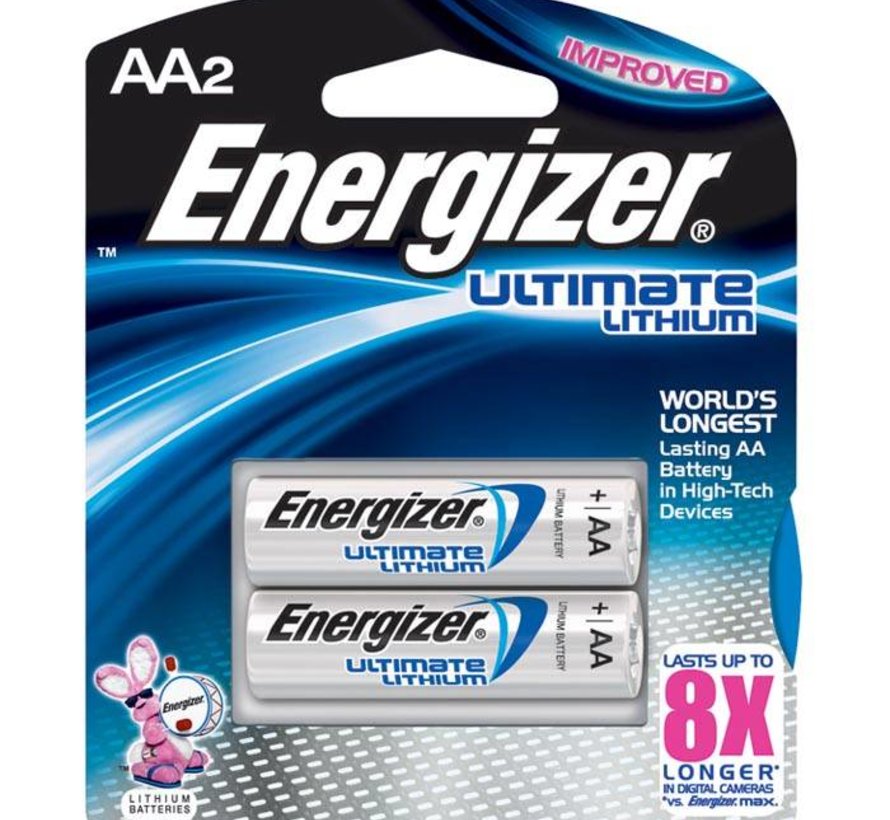
Among the huge number of advantages, it also has some disadvantages. Firstly, this is the price. It can reach 100 rubles for one battery. Secondly, it can only be used in devices that have a high level of energy consumption. If you do not listen to this recommendation, then, for example, a toy may simply fail. And the battery life will be significantly reduced.
Rechargeable. GP Rechargeable
If you purchase rechargeable batteries, then the best option is products from GP.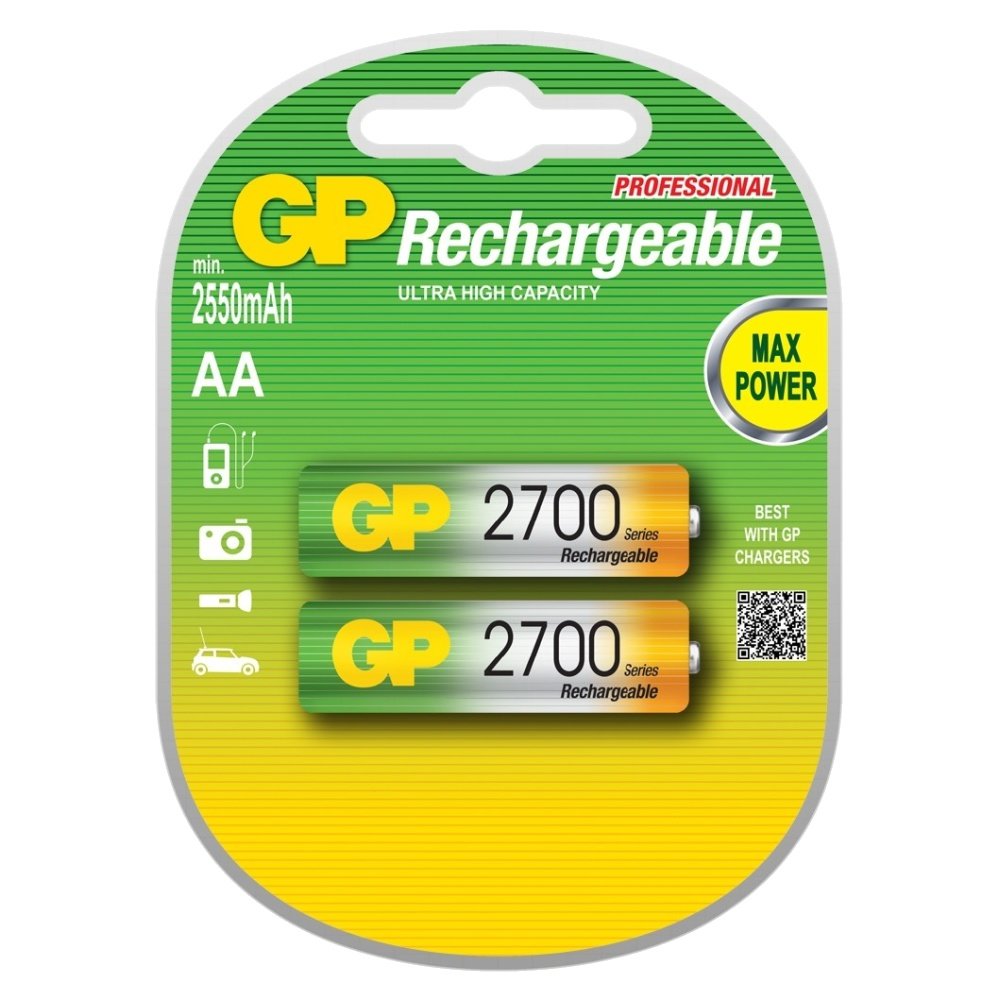
Even despite its relatively low price, the batteries of this brand are of high quality, a large number of recharges, and a low level of self-discharge.Among the disadvantages is a short service life.


